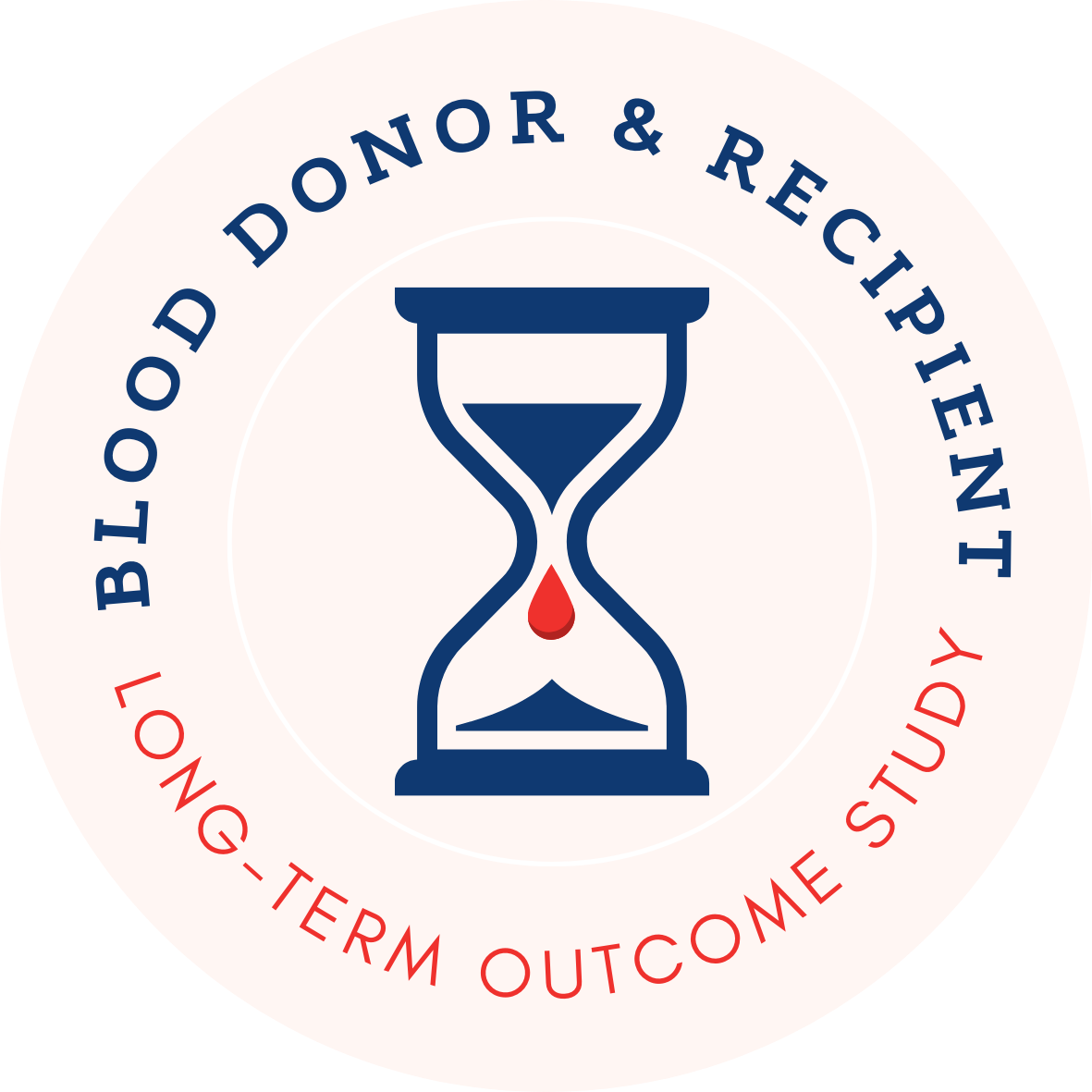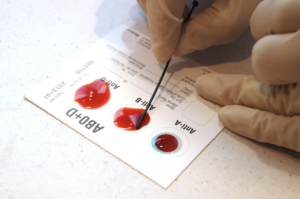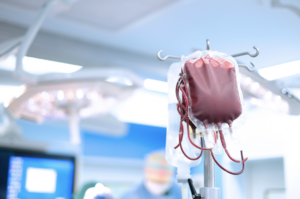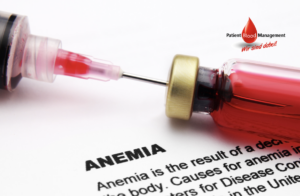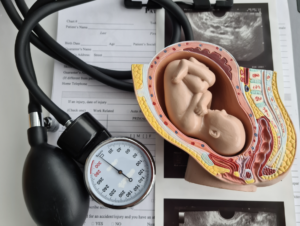
Deputy Study Director
Priv.-Doz. Dr. med. habil. Benjamin Friedrichson, MHBA
Dr. Benjamin Friedrichson is a distinguished anaesthesiologist and clinical scientist. He studied medicine at Goethe University in Frankfurt and furthered his expertise by earning a Master of Health Business Administration from FAU Erlangen-Nürnberg. His academic background and advanced training uniquely position him at the intersection of clinical practice and healthcare management, allowing him to contribute significantly to both fields. Dr. Friedrichson's work is characterized by a commitment to integrating clinical excellence with innovative healthcare business practices.
15 Years
Recent Publications
Eur J Trauma Emerg Surg. 2025.
Frequency and patterns of CMF emergency cases during and after COVID-19.
Craniomaxillofacial (CMF) trauma constitutes a significant proportion of hospital presentations, often resulting from high-energy mechanisms such as interpersonal violence and traffic accidents. The COVID-19 pandemic and associated public health restrictions markedly altered daily life and social behavior, potentially influencing trauma patterns and emergency healthcare utilization.
Sci Rep. 2025.
Critical risks of haemoadsorption for COVID-19 patients and directions for future evaluations: a nationwide propensity score matched cohort study.
Haemoadsorption has been suggested as treatment adjunct for sepsis and septic shock, cardiac surgery, acute respiratory distress syndrome, and coronavirus disease 2019 (COVID-19). Randomised clinical trials did not provide conclusive evidence for benefits and even suggest risks in COVID-19 patients. Retrospective observational cohort study based on hospital remuneration data from all COVID-19 patients treated in intensive care units in Germany between 01/01/2020 and 12/31/2021. Regression modelling was performed for 1:1 propensity score matching of 2058 patients. Two-sided probability values for group comparisons and regression models with spline functions controlling for non-linear relationships and medically relevant interaction variables were calculated. In-hospital mortality of patients supported with haemoadsorption was significantly higher compared to matched control patients (74.6% vs. 70.3%, p = 0.0299). Haemoadsorption was associated with coagulopathy (68.0% vs. 54.9%, p < 0.0001), cardiac arrhythmia (49.2% vs. 44.2%, p = 0.0272), and cardiopulmonary resuscitation (CPR, 19.3% vs. 13.1%, p = 0.0002). Further, haemoadsorption increased the chance of death for COVID-19 patients without septic shock (odds ratio, OR [within a 95% confidence interval, CI]; 1.40 [1.05-1.86]) and did not improve survival of septic shock patients (1.19 [0.85-1.67]). Independent variables with a significant impact on mortality included the use of extracorporeal membrane oxygenation (ECMO, 2.15 [1.68-2.76]) and CPR (1.60 [1.03-2.45]). The timing of the haemoadsorption therapy had no effect on patients´ outcomes. Due to inconclusive evidence for benefit and potential harm, haemoadsorption therapy should be limited to thoroughly designed clinical trials before introduced into clinical routine in the context of COVID-19.
Sci Rep. 2024.
Extracorporeal membrane oxygenation in cardiovascular medication poisoning. A German-wide retrospective study.
Medication poisoning, resulting from the ingestion of cardiotoxic drugs, presents a significant health issue. The mortality rate remains high for patients with myocardial dysfunction refractory to conventional treatments. Venoarterial Extracorporeal Membrane Oxygenation (V-A ECMO) provides temporary support, potentially enhancing patient outcomes. This study aims to assess the efficacy of V-A ECMO in treating cardiovascular failure induced by cardiovascular medication poisoning. We utilized inpatient data from all hospitalisations in Germany from 2007 to 2022 due to cardiovascular medication poisoning treated with V-A ECMO. Patient characteristics, comorbidities, complications and application of ECMO were described descriptively and analysed for statistical significance between survivors and non-survivors. Overall, 49 patients received V-A ECMO for cardiovascular medication poisoning, with a survival rate of 63.6%. The most ingested medications were calcium-channel blockers (38.8%) and beta-adrenoceptor antagonists (34.7%). Half of non-survivors received in-hospital CPR, compared to 12.9% of survivors. Early ECMO implantation (within 24 h of admission) was common (83.7%) but did not significantly impact survival rates. A substantial number of patients presented with multiple substances ingested. V-A ECMO represents a viable option for patients experiencing cardiac failure due to medication poisoning. A structured implementation of V-A ECMO for cardiovascular medication poisoning could lead to higher survival rates.
J Crit Care. 2024.
The value of artificial intelligence for the treatment of mechanically ventilated intensive care unit patients: An early health technology assessment.
The health and economic consequences of artificial intelligence (AI) systems for mechanically ventilated intensive care unit patients often remain unstudied. Early health technology assessments (HTA) can examine the potential impact of AI systems by using available data and simulations. Therefore, we developed a generic health-economic model suitable for early HTA of AI systems for mechanically ventilated patients.
J Clin Med. 2024.
Polyuria in COVID-19 Patients Undergoing Extracorporeal Membrane Oxygenation.
: The COVID-19 pandemic caused an unprecedented number of patients requiring veno-venous extracorporeal membrane oxygenation (VV ECMO) therapy. Clinical polyuria was observed at our ECMO center during the pandemic. This study aims to investigate the incidence, potential causes, and implications of polyuria in COVID-19 patients undergoing VV ECMO therapy. : Here, 68 SARS-CoV-2 positive patients receiving VV ECMO were stratified into the following two groups: polyuria (PU), characterized by an average urine output of ≥3000 mL/day within seven days following initiation, and non-polyuria (NPU), defined by <3000 mL/day. Polyuria in ECMO patients occurred in 51.5% (n = 35) within seven days after ECMO initiation. No significant difference in mortality was observed between PU and NPU groups (60.0% vs. 60.6%). Differences were found in the fluid intake ( < 0.01) and balance within 24 h ( = 0.01), creatinine ( < 0.01), plasma osmolality ( = < 0.01), lactate ( < 0.01), urea ( < 0.01), and sodium levels ( < 0.01) between the groups. Plasma osmolality increased ( < 0.01) after ECMO initiation during the observation period. : Diuresis and plasma osmolality increased during VV ECMO treatment, while mortality was not affected by polyuria. : Polyuria does not appear to impact mortality. Further investigations are warranted to elucidate its underlying mechanisms and clinical implications in the context of VV ECMO therapy and COVID-19 management.
Br J Anaesth. 2024.
Use of cell salvage in obstetrics in Germany: analysis of national database of 305 610 cases with peripartum haemorrhage.
One of the leading causes of maternal death worldwide is severe obstetric haemorrhage after childbirth. Use of intraoperative cell salvage is strongly recommended by international guidelines on patient blood management. Recent data provide strong evidence that use of cell salvage in obstetrics is effective and safe in women with postpartum haemorrhage resulting in fewer transfusion-related adverse events and shorter hospital stay. We retrospectively analysed the use of cell salvage in bleeding women during delivery for a period of 10 yr in German hospitals.
Pharmacoeconomics. 2024.
Lessons Learned from Model-based Economic Evaluations of COVID-19 Drug Treatments Under Pandemic Circumstances: Results from a Systematic Review.
Following clinical research of potential coronavirus disease 2019 (COVID-19) treatments, numerous decision-analytic models have been developed. Due to pandemic circumstances, clinical evidence was limited and modelling choices were made under great uncertainty. This study aimed to analyse key methodological characteristics of model-based economic evaluations of COVID-19 drug treatments, and specifically focused on modelling choices which pertain to disease severity levels during hospitalisation, model structure, sources of effectiveness and quality of life and long-term sequelae.
J Med Syst. 2024.
Web-based Dashboard on ECMO Utilization in Germany: An Interactive Visualization, Analyses, and Prediction Based on Real-life Data.
In Germany, a comprehensive reimbursement policy for extracorporeal membrane oxygenation (ECMO) results in the highest per capita use worldwide, although benefits remain controversial. Public ECMO data is unstructured and poorly accessible to healthcare professionals, researchers, and policymakers. In addition, there are no uniform policies for ECMO allocation which confronts medical personnel with ethical considerations during health crises such as respiratory virus outbreaks.Retrospective information on adult and pediatric ECMO support performed in German hospitals was extracted from publicly available reimbursement data and hospital quality reports and processed to create the web-based ECMO Dashboard built on Open-Source software. Patient-level and hospital-level data were merged resulting in a solid base for ECMO use analysis and ECMO demand forecasting with high spatial granularity at the level of 413 county and city districts in Germany.The ECMO Dashboard ( https://www.ecmo-dash.de/ ), an innovative visual platform, presents the retrospective utilization patterns of ECMO support in Germany. It features interactive maps, comprehensive charts, and tables, providing insights at the hospital, district, and national levels. This tool also highlights the high prevalence of ECMO support in Germany and emphasizes districts with ECMO surplus - where patients from other regions are treated, or deficit - origins from which ECMO patients are transferred to other regions. The dashboard will evolve iteratively to provide stakeholders with vital information for informed and transparent resource allocation and decision-making.Accessible public routine data could support evidence-informed, forward-looking resource management policies, which are urgently needed to increase the quality and prepare the critical care infrastructure for future pandemics.
Front Med (Lausanne). 2024.
Maternal anemia and red blood cell requirements in 72 women undergoing intrapartum treatment (EXIT) procedure.
The intrapartum treatment (EXIT) allows to ensure fetal airway while keeping uteroplacental circulation. However, EXIT may become a life-threatening procedure due to the increased risk of uterine atony or placenta abruption with increased peripartum blood losses and increased transfusion rates. We aim to review maternal anemia prevalence and transfusion requirements in women undergoing EXIT procedure.
Antibiotics (Basel). 2024.
No Sequestration of Commonly Used Anti-Infectives in the Extracorporeal Membrane Oxygenation (ECMO) Circuit-An Ex Vivo Study.
Patients undergoing extracorporeal membrane oxygenation (ECMO) often require therapy with anti-infective drugs. The pharmacokinetics of these drugs may be altered during ECMO treatment due to pathophysiological changes in the drug metabolism of the critically ill and/or the ECMO therapy itself. This study investigates the latter aspect for commonly used anti-infective drugs in an ex vivo setting. A fully functional ECMO device circulated an albumin-electrolyte solution through the ECMO tubes and oxygenator. The antibiotic agents cefazolin, cefuroxim, cefepime, cefiderocol, linezolid and daptomycin and the antifungal agent anidulafungin were added. Blood samples were taken over a period of four hours and drug concentrations were measured via high-pressure liquid chromatography (HPLC) with UV detection. Subsequently, the study analyzed the time course of anti-infective concentrations. The results showed no significant changes in the concentration of any tested anti-infectives throughout the study period. This ex vivo study demonstrates that the ECMO device itself has no impact on the concentration of commonly used anti-infectives. These findings suggest that ECMO therapy does not contribute to alterations in the concentrations of anti-infective medications in severely ill patients.
Sci Rep. 2024.
Anaemia and red blood cell transfusion in women with placenta accreta spectrum: an analysis of 38,060 cases.
Placenta accreta spectrum (PAS) has become a significant life-threatening issue due to its increased incidence and associated morbidity and mortality. Pregnancy is often associated with states of anaemia, and severe maternal haemorrhage represents a major risk factor for red blood cell (RBC) transfusion. The present study retrospectively analyzed the prevalence of anaemia, transfusion requirements and outcome in women with PAS. Using data from the German Statistical Office pregnant patients with deliveries hospitalized between January 2012 and December 2021 were included. Primary outcome was the prevalence of anemia and administration of RBCs. Secondary outcome were complications in women with PAS who received RBC transfusion. In total 6,493,606 pregnant women were analyzed, of which 38,060 (0.59%) were diagnosed with PAS. The rate of anaemia during pregnancy (60.36 vs. 23.25%; p < 0.0001), postpartum haemorrhage (47.08 vs. 4.41%; p < 0.0001) and RBC transfusion rate (14.68% vs. 0.72%; p < 0.0001) were higher in women with PAS compared to women without PAS. Women with PAS who had bleeding and transfusion experienced significantly more peripartum complications than those who did not. A multiple logistic regression revealed that the probability for RBC transfusion in all pregnant women was positively associated with anaemia (OR 21.96 (95% CI 21.36-22.58)). In women with PAS, RBC transfusion was positively associated with the presence of renal failure (OR 11.27 (95% CI 9.35-13.57)) and congestive heart failure (OR 6.02 (95% CI (5.2-7.07)). Early anaemia management prior to delivery as well as blood conservation strategies are crucial in women diagnosed with PAS.
Health Econ Rev. 2024.
Mechanical ventilation as a major driver of COVID-19 hospitalization costs: a costing study in a German setting.
While COVID-19 hospitalization costs are essential for policymakers to make informed health care resource decisions, little is known about these costs in western Europe. The aim of the current study is to analyze these costs for a German setting, track the development of these costs over time and analyze the daily costs.
Blood Transfus. 2024.
Anemia, red blood cell transfusion and administration of blood products in obstetrics: a nationwide analysis of more than 6 million cases from 2011-2020.
The prevalence of anemia is high, especially in obstetrics. There is large evidence, that anemia during pregnancy is associated with increased maternal morbidity and mortality. Anemia and peripartum hemorrhage remain the main causes for transfusion of red blood cells (RBC). Patient Blood Management (PBM) reduces the need for RBC transfusion significantly. The present study retrospectively analyzed the impact and prevalence of anemia and RBC transfusion on pregnant women.
Crit Care. 2023.
ECMO in resuscitated drowning patients: a propensity score matched sub-analysis-a response to Jouffroy et al.
Crit Care. 2023.
Results from 237 extracorporeal membrane oxygenation runs with drowned patients: a nationwide retrospective study.
Drowning is one of the leading causes of death worldwide and presents with a wide range of symptoms, from simple coughing to cardiac or pulmonary failure. In severe cases, extracorporeal membrane oxygenation (ECMO) should be considered as a rescue therapy. Therefore, we sought to analyse ECMO usage, outcomes and predictive factors in drowned patients.
Registry Study for Research of Blood Donor and Recipient Long-Term Outcomes
The latest news, articles, and resources on transfusion medicine – follow our deputy study director, Dr Jan Kloka, on LinkedIn.
Address
Universitätsklinikum
Frankfurt am Main
KAIS – Haus 13a
Theodor-Stern-Kai 7
60596 Frankfurt am Main
Contact
© Copyright 2024 by transfusionregistry.org
